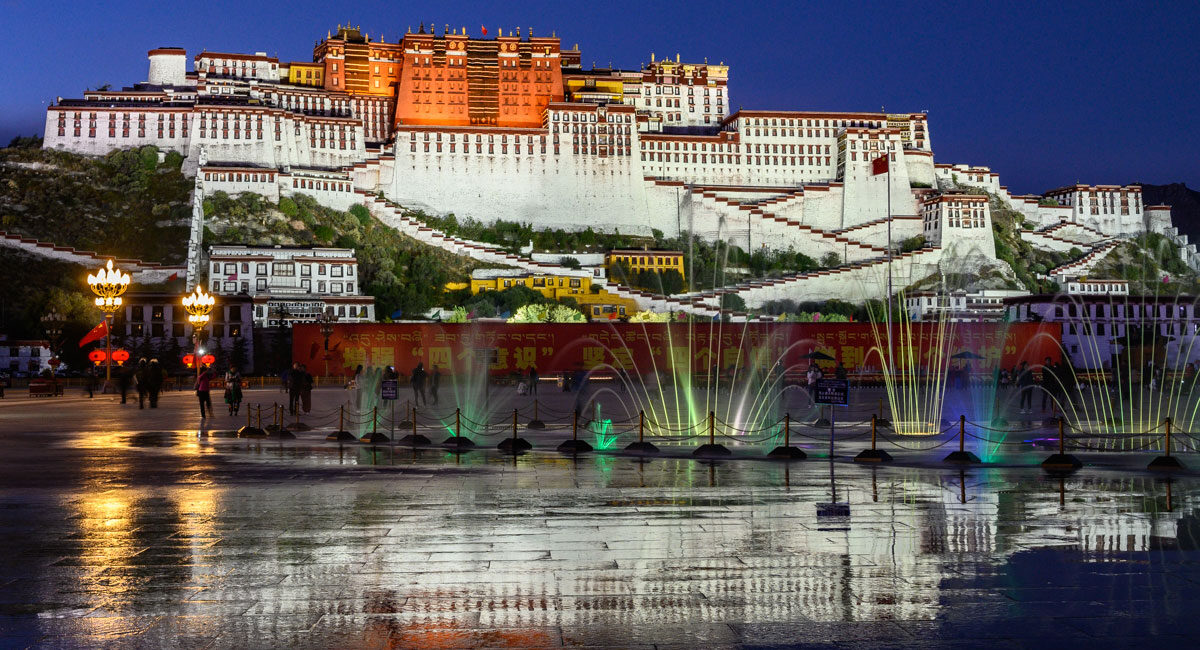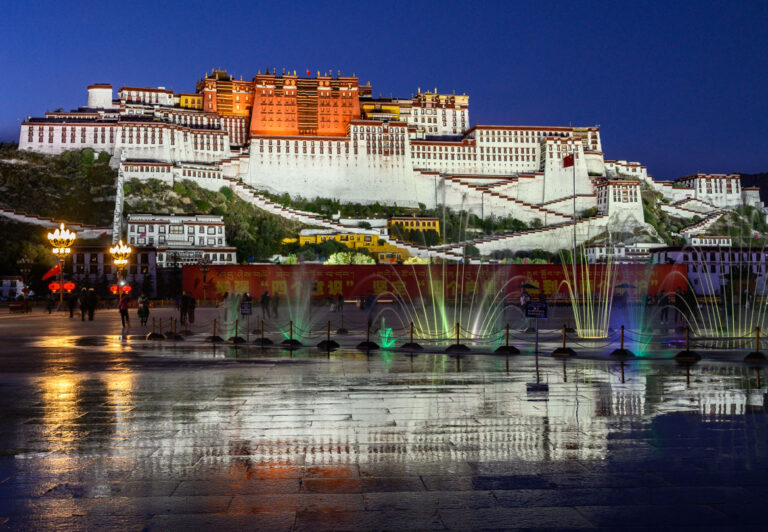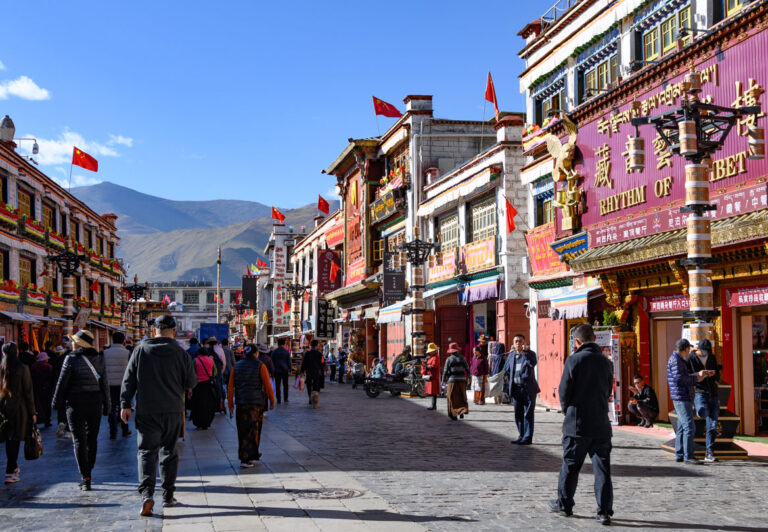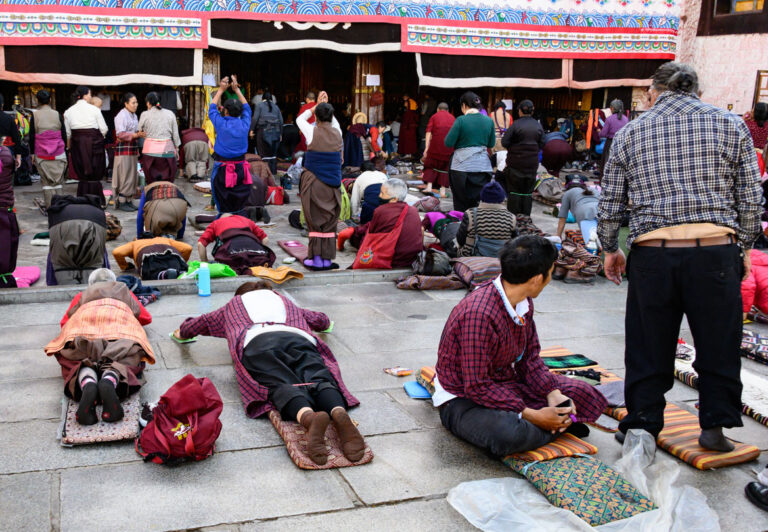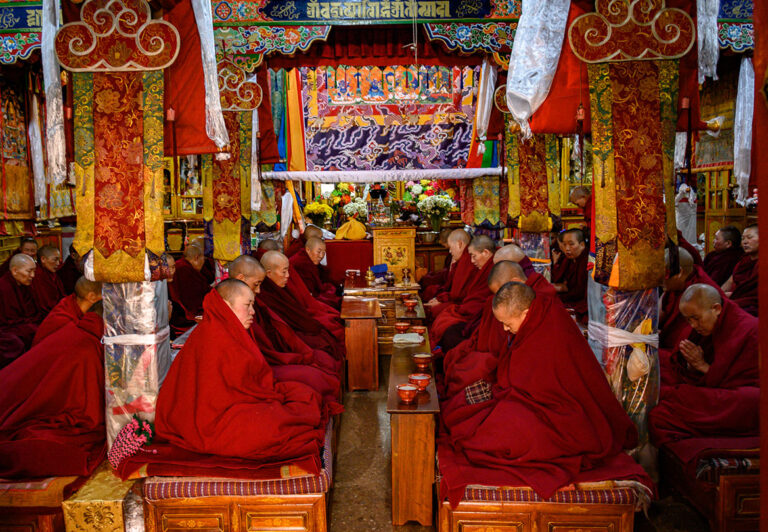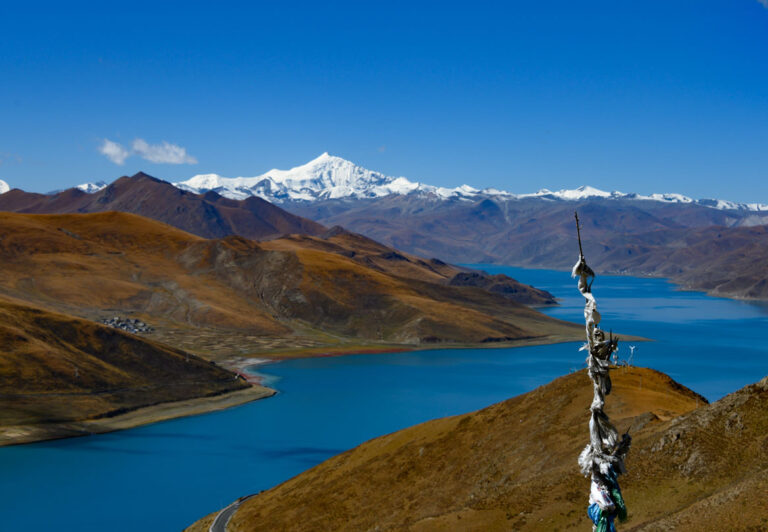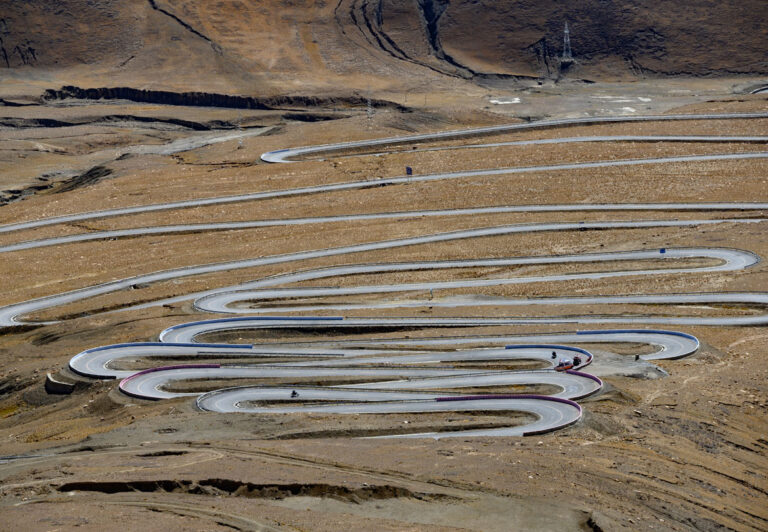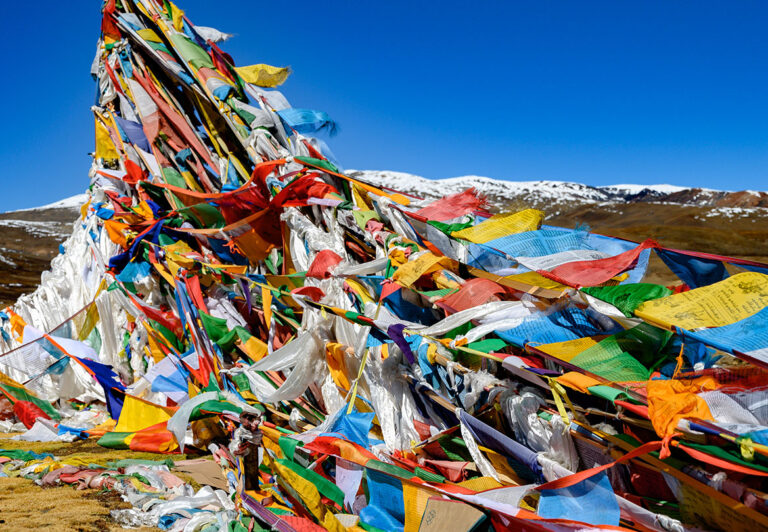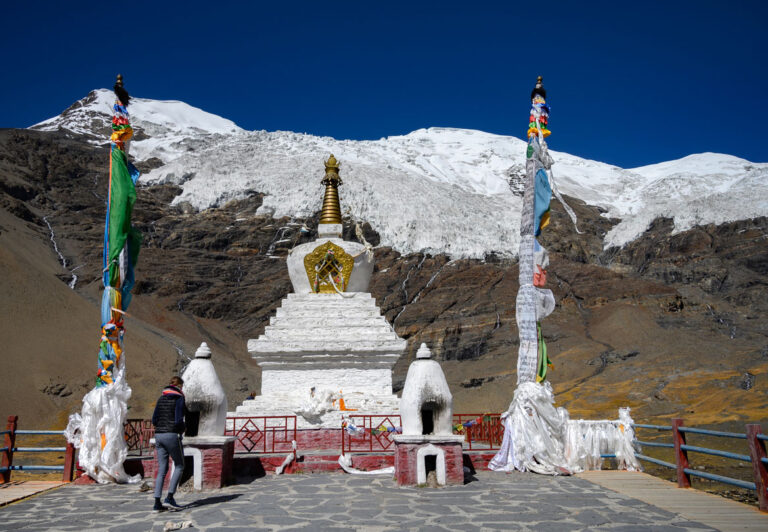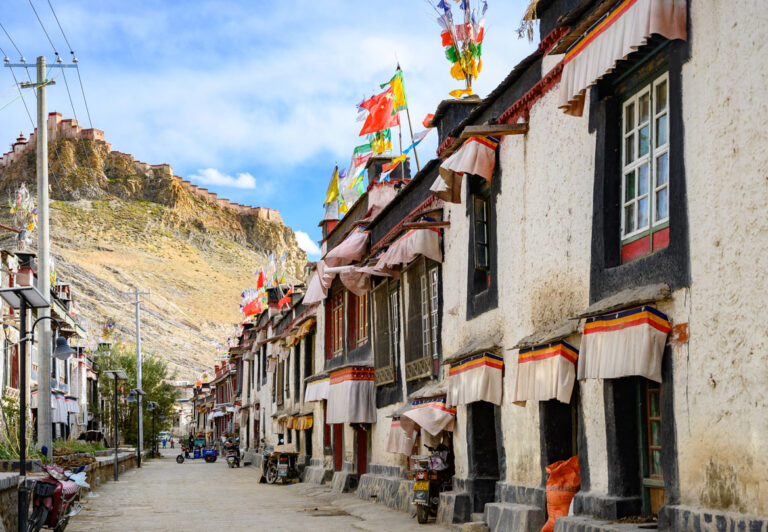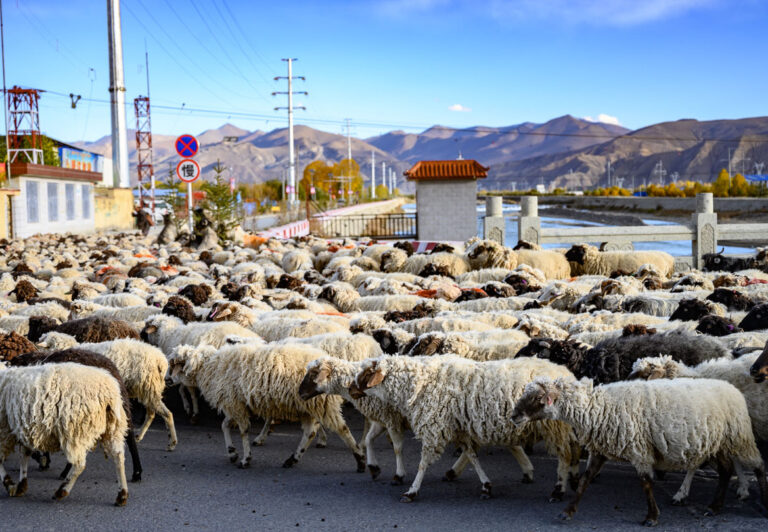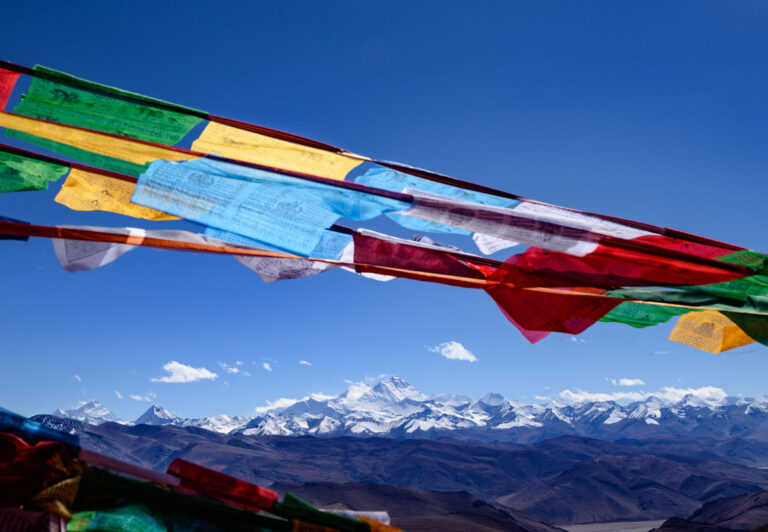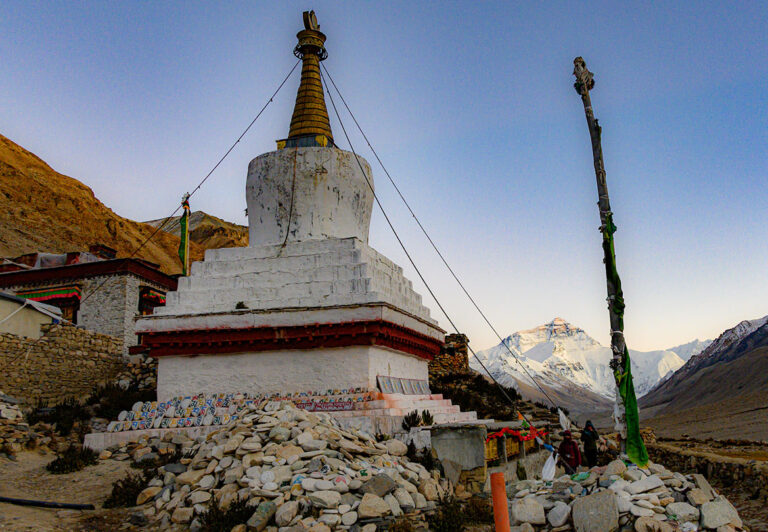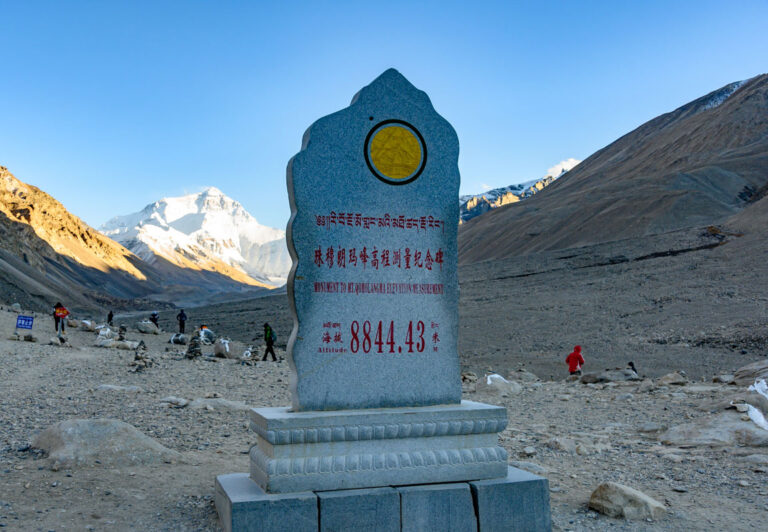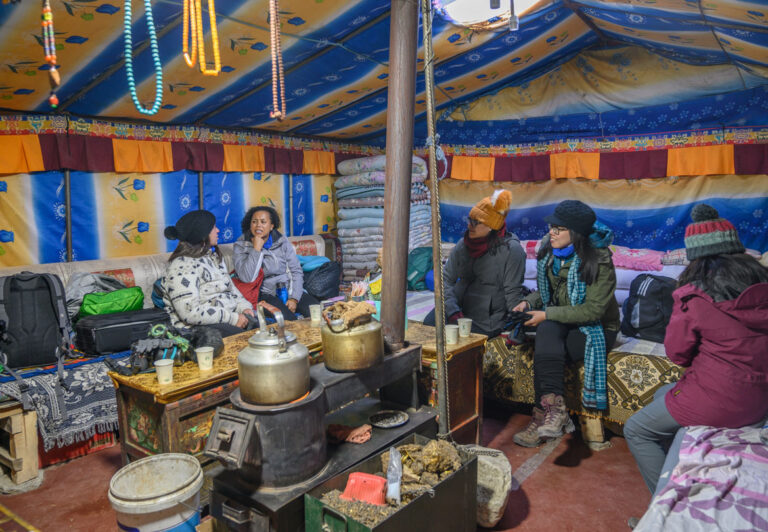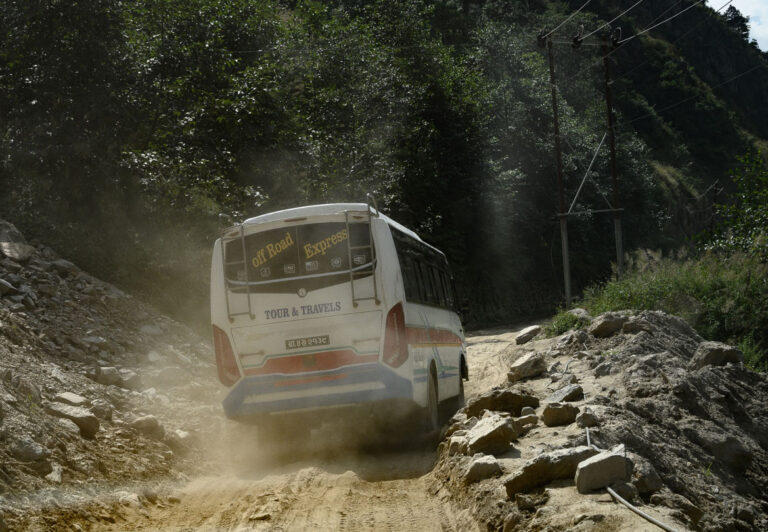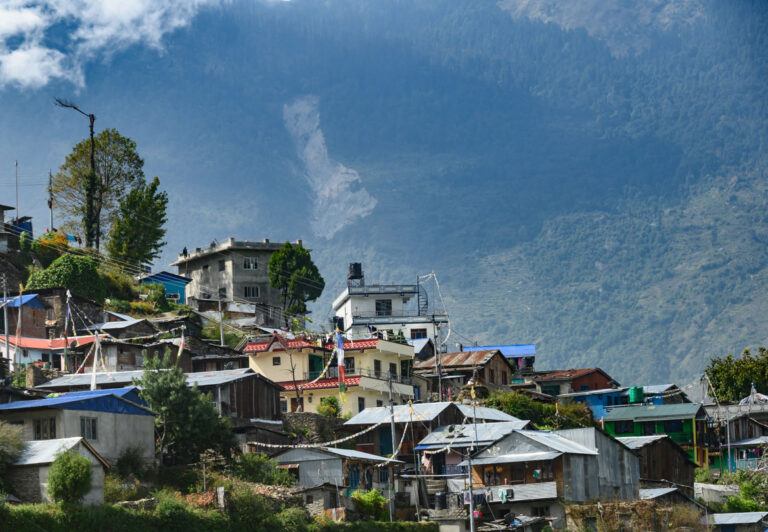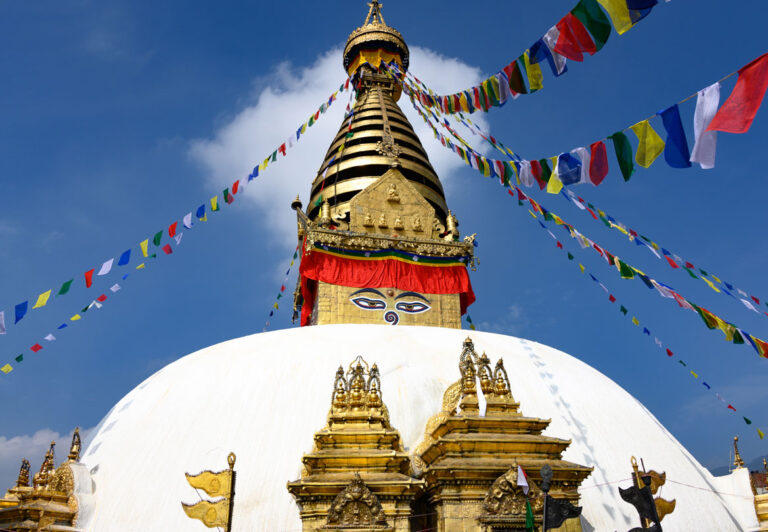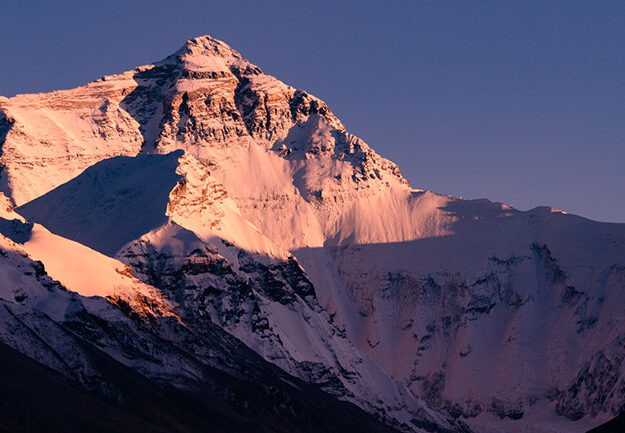I was born with a wanderlust that after finishing college drew me to countries like Nepal, Bhutan, and Tibet. To satisfy that yearning I signed up for an epic road trip in 1999 across the Roof of the World via the Friendship Highway. This 800-mile route from Lhasa, Tibet, to Kathmandu, Nepal, had a side trip to the base camp of Mt. Everest’s north side. It was unbelievable to me that I could be standing in the shadow of the world’s tallest mountain with relatively little physical exertion on my part, save for enduring a rough road trip. At that time, China was slowly tightening its hold over Tibet. The journey left an indelible impression that came to mind repeatedly over the years.
Twenty years later, I returned, anxious to see if the otherworldly Tibet I had come to love still existed. I discovered that China had put its stamp on Tibet, making it into an autonomous region. While Lhasa’s historic center remained, the city’s outskirts were covered by endless blocks of high-rise buildings, many empty, presumably to be used as housing. The Friendship highway no longer was a rutted ribbon of gravel. It now was a well-maintained asphalt road up to the border with Nepal. Transmission lines crisscrossed the landscape. The views of Mt. Everest hadn’t changed, but where we had pitched a few small tents on my first visit, there was now a sea of oversized black shelters used for travelers spending the night. The windswept, treeless Tibetan plateau surrounded by massive mountain ranges remained as I remembered. But that simple and sheltered Tibetan life was slowly transitioning into a modern-day world devoid of uniqueness. Life marches on for better or worse.


